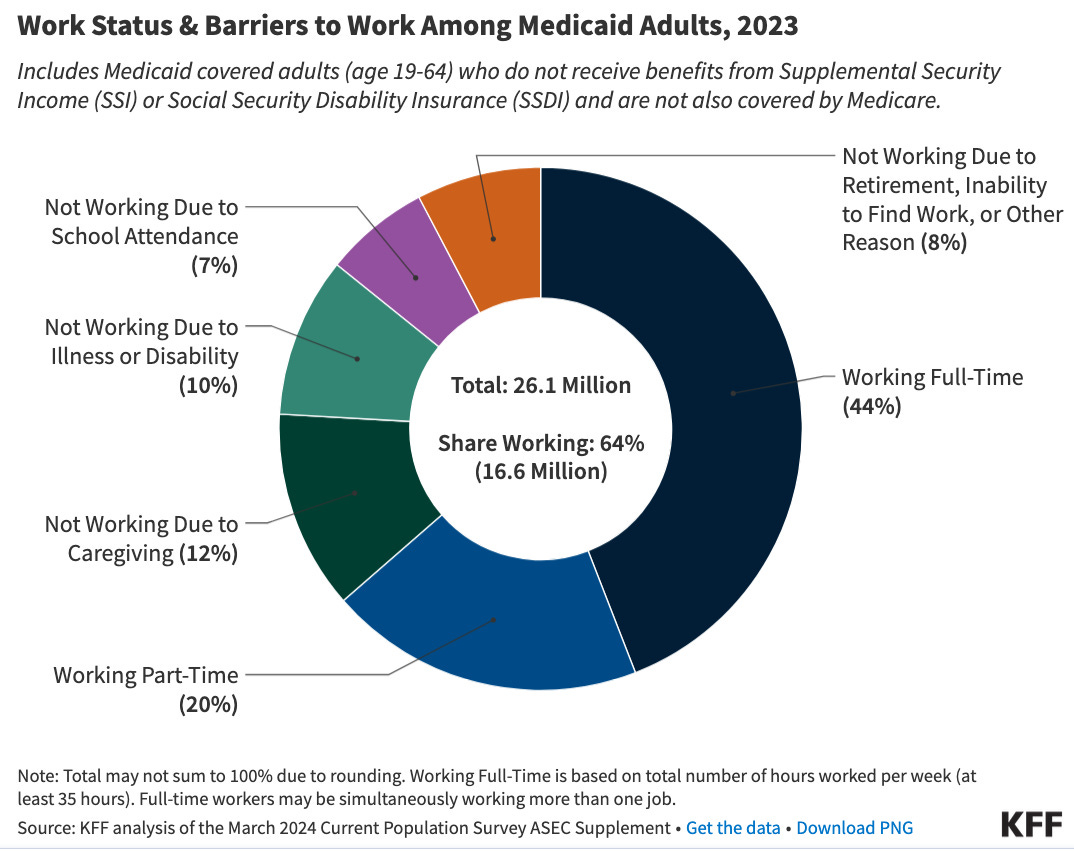But if you’re not a scientist, it can be difficult to know how to understand or explain lab-grown meat. Here are the basics, and a few common misconceptions about cultivated meat, debunked.
Why Is Lab-Grown Meat Better for Animals and the Environment?
The Short Answer:
Lab-grown meat offers a potential way to feed our appetite for meat without inflicting so much damage on animals and the environment. If it’s able to be produced cheaply at scale — still a big “if” at this point — it’s a product that could eventually eliminate factory farming, methane from cows and other pollution, save water and limit deforestation.
The Longer Answer:
Make no mistake: most humans these days like eating meat. Between 1961 and 2020, the average person’s yearly meat consumption almost doubled, according to Our World In Data, from around 50 pounds to 92 pounds. In the United States, the average person eats a staggering 280 pounds of meat per year.
But there are a number of serious environmental and ethical issues with the meat industry as it currently exists, and lab-grown meat was created in hopes of overcoming them.
Perhaps the most obvious is the pain and suffering inflicted on animals in order to produce meat. The list is too long to recount in full here, but in factory farms, where approximately 99 percent of livestock is raised, most of the animals are mutilated, dismembered and separated from their parents as a matter of procedure. They are crammed into confined spaces barely bigger than their bodies, forced to live in their own feces and slaughtered in gruesome ways without anesthetic.
Over 100 billion animals die in factory farms every year. For many, that’s reason enough to transition away from eating meat. But it’s not the only reason.
The meat industry also takes a staggering toll on the environment. Livestock production accounts for around 14 percent of all greenhouse gasses and 37 percent of all methane emissions, according to the United Nations. The meat industry is the driving force behind deforestation around the world, most notably in the Amazon, and industrially grown feed crops are responsible for decades of topsoil erosion, a serious problem that has the potential to cause catastrophic food shortages within decades.
How Exactly Is Lab-Grown Meat Made?
The Short Answer:
Lab-grown meat is made by extracting a single cell from an animal and placing it into a solution with nutrients that cause the cell to multiply and develop into muscle tissue. Once enough tissue has been formed, it’s removed and shaped into a nugget, burger or other meat product.
The Longer Answer:
Unlike plant-based meat replacements, lab-grown meat is actual, bona fide meat. What sets it apart from traditional meat is that you don’t have to slaughter billions of animals to get it.
The process begins by extracting a single stem cell from a living animal — a cow, for instance. Stem cells are unspecialized, which means that they have the ability to develop into any other type of cell (muscle, fat, etc.). That single stem cell is then placed into a broth with nutrients and proteins that cause the cell to develop and multiply; this process is called culturing, and the nutrient broth is commonly referred to as growth medium. The stem cell and growth medium are collectively placed in a bioreactor that creates the necessary atmospheric and temperature conditions for growth.
That’s the gist of the process, but there are some more nuances and complications that are important to note. For instance, although growing muscle tissue is sufficient to recreate a chicken nugget or ground beef (often made with some plant-based ingredients in the mix), some companies also want to recreate meat products that have structure and visible fat in them — a cut of steak, for instance. To accomplish this, they place the stem cells into a different growth medium that allows some of the cells to grow into muscle and others to become fat, a process known as co-differentiation.
Additionally, there are several different ways of shaping muscle tissue into the final meat product. For highly processed foods like chicken nuggets or hot dogs, it can be sufficient to simply mold the muscle tissue into the shape of the product in question. For meat products with more complex textures and compositions, such as steak, a 3-D printer is often used instead, as this allows manufacturers to specify and fine-tune the compositional properties of the meat. (...)
Does Lab-Grown Meat Hurt Animals?
The Short Answer:
The initial development of lab-grown meat often utilizes something called Fetal Bovine Serum (FBS), which requires the slaughter of a cow. Companies are aggressively searching for cruelty-free alternatives to this, and some have already removed it from their process entirely.
The Longer Answer:
While lab-grown meat is the best shot we have of eliminating the suffering of animals in factory farms, there remains the thorny issue of fetal bovine serum (FBS). One of the most important parts of the lab-grown meat process is finding the right ingredients for the growth medium in which the cells are cultured. The broth needs to have the precise mixture of vitamins, sugars, proteins and nutrients needed to culture the cells into meat, and it just so happens that one of the most efficient ingredients to help accomplish this is FBS.
by Seth Millstein, Sentient Food | Read more:
Image: uncredited





















